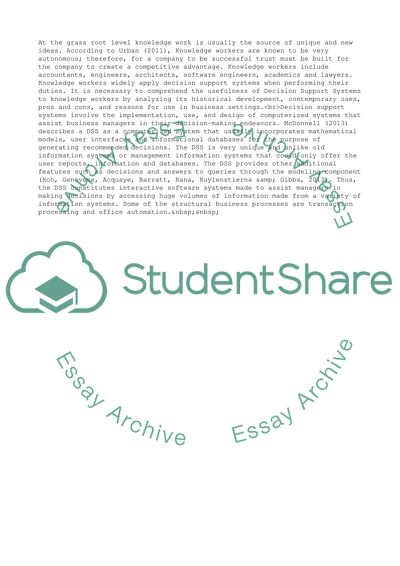Cite this document
(Decision Support System Literature review Example | Topics and Well Written Essays - 2750 words, n.d.)
Decision Support System Literature review Example | Topics and Well Written Essays - 2750 words. Retrieved from https://studentshare.org/business/1843124-knowledge-worker-information-systems-literature-review-sheila
Decision Support System Literature review Example | Topics and Well Written Essays - 2750 words. Retrieved from https://studentshare.org/business/1843124-knowledge-worker-information-systems-literature-review-sheila
(Decision Support System Literature Review Example | Topics and Well Written Essays - 2750 Words)
Decision Support System Literature Review Example | Topics and Well Written Essays - 2750 Words. https://studentshare.org/business/1843124-knowledge-worker-information-systems-literature-review-sheila.
Decision Support System Literature Review Example | Topics and Well Written Essays - 2750 Words. https://studentshare.org/business/1843124-knowledge-worker-information-systems-literature-review-sheila.
“Decision Support System Literature Review Example | Topics and Well Written Essays - 2750 Words”, n.d. https://studentshare.org/business/1843124-knowledge-worker-information-systems-literature-review-sheila.


